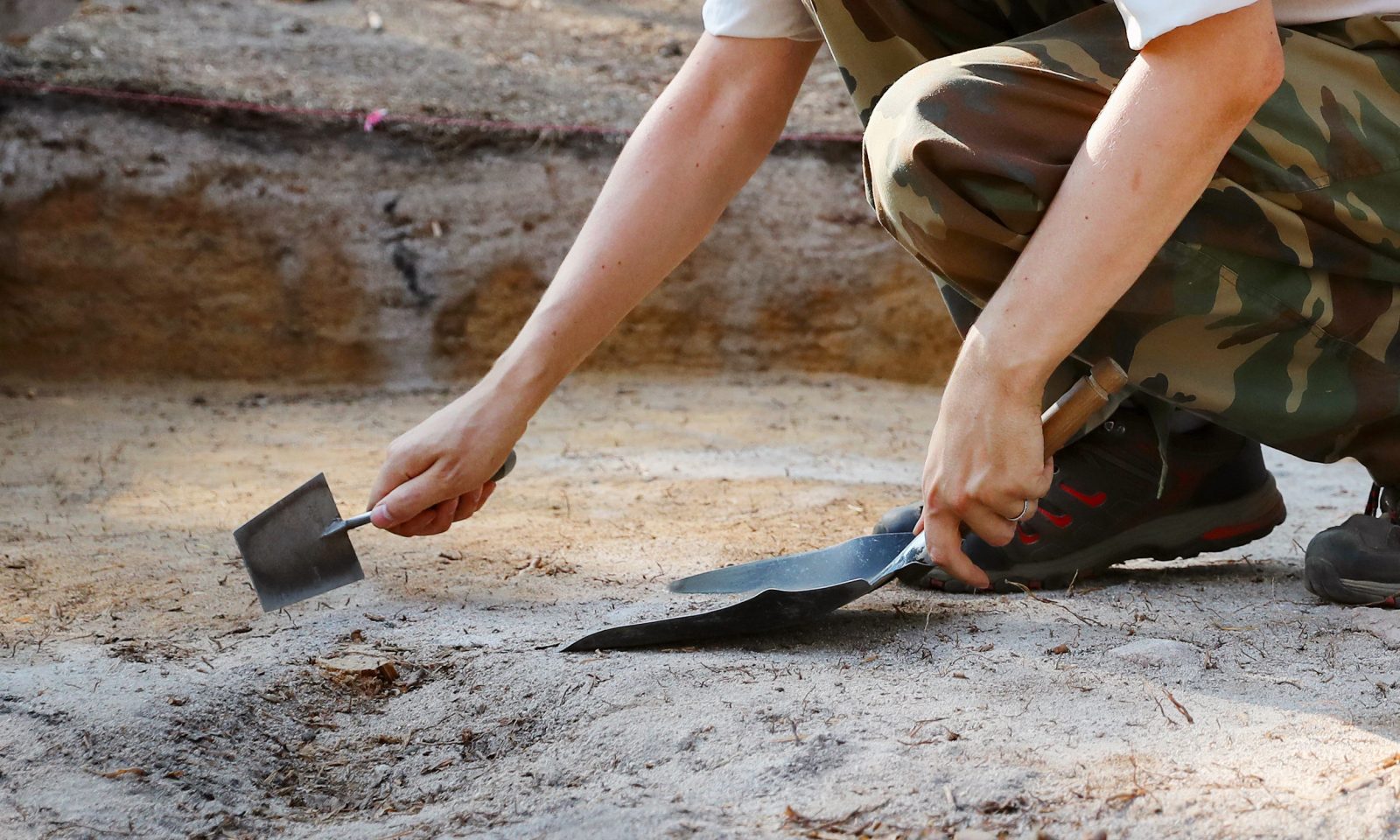The finds themselves can tell us about human activity. For example, a large number of quartz chips in an evenly distributed layer in one place may indicate that a Stone Age individual worked there, making objects from quartz. Objects and bones can tell us about livelihoods and survival methods. Decorations on objects can indicate which animals were important to the community.
Archaeology uses many scientific methods to study different materials and artifacts in great detail. Remains of food stored in pottery and pollen from soil layers can be found on the surface of pottery, indicating the vegetation of the time. Radiocarbon dating is an important dating technique used in archaeology.
Experimental archaeology is also used to investigate how objects were made, how long it might have taken to make them, what use they might have been put to, and what it might have taken to build a house, for example.
Comparisons with earlier finds and those from other areas are important to identify links between people living in different areas and changes in time and place. In Kierikki, for example, the presence of amber, flint, red shale and asbestos directly suggests links to other areas, as these materials do not occur naturally in the area.
